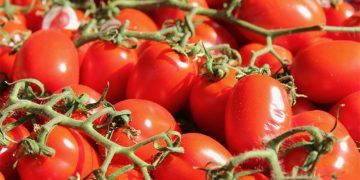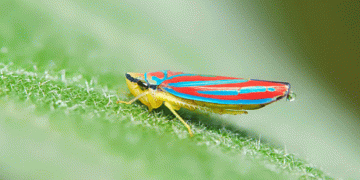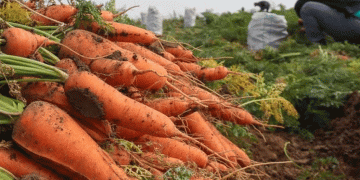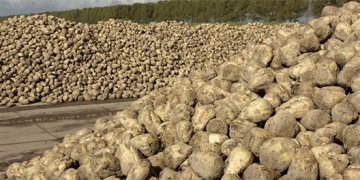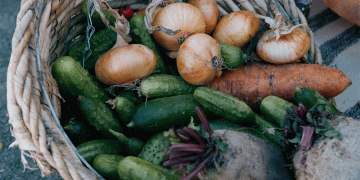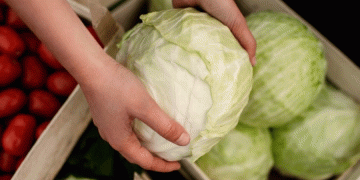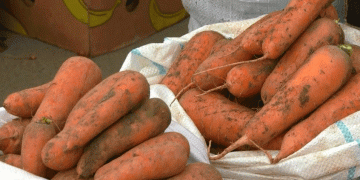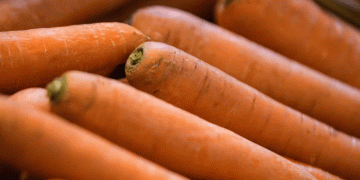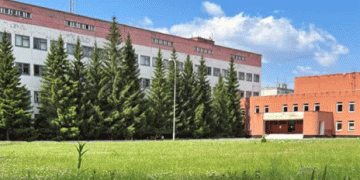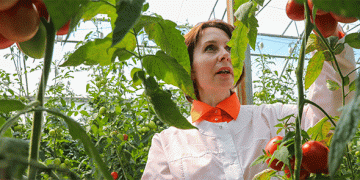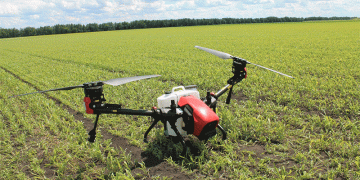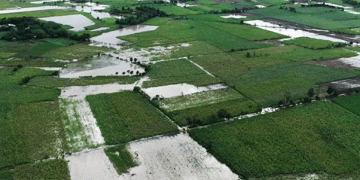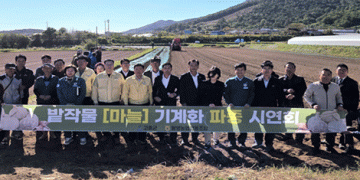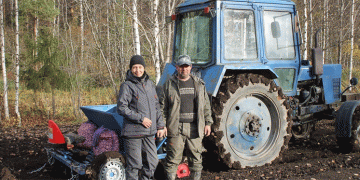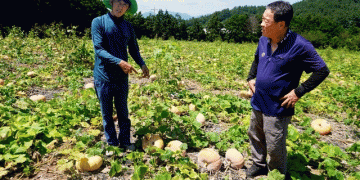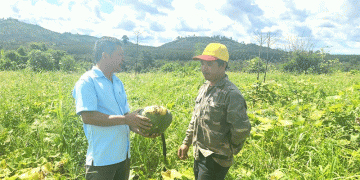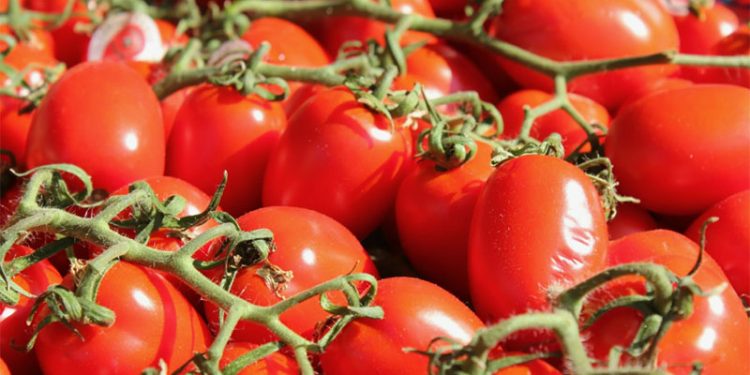The Spanish province of Almería, Europe’s greenhouse hub, concluded the 2023/24 season with 8,568 hectares dedicated to tomato cultivation—nearly unchanged from the previous year (+0.2%), marking a stabilization after years of decline (FyH.es). However, preliminary data for 2024/25 indicates a 4% reduction in planted area, signaling potential challenges ahead.
Yield Growth Outpaces Area Stagnation
Despite flat cultivation area, productivity surged. The average yield reached 8.9 kg/m² in 2023/24, a 10.3% increase year-on-year and 2.4% above the five-year average. This reflects improved farming techniques, hybrid varieties, and precision agriculture adoption.
Varietal Shifts: Cluster & Pear Tomatoes Lead
- Cluster tomatoes accounted for 20% of total area, gaining 3 percentage points in one year.
- Pear tomatoes held steady at 35%, remaining the dominant type.
- Cherry tomatoes dipped to 12% of production (from 13%) but saw 1% higher economic value due to tighter supply.
Premium Prices for Select Varieties
Only three tomato types averaged over €1/kg in 2023/24:
- Cherry tomatoes (€1.48/kg)
- Ribbed tomatoes (€1.20/kg)
- Cocktail tomatoes (€1.18/kg)
These premiums highlight the growing demand for specialty tomatoes in EU markets, where consumers prioritize flavor and appearance.
Adapting to Market Realities
Almería’s tomato sector is at a crossroads. While yields climb, shrinking acreage in 2024/25 suggests farmers may be pivoting to higher-value crops or facing cost pressures (e.g., energy, labor). To stay competitive, stakeholders should:
- Invest in high-demand varieties (e.g., cluster, cherry) with premium pricing.
- Adopt efficiency-boosting tech (e.g., drip irrigation, climate-smart greenhouses).
- Monitor EU market trends, where sustainability and quality increasingly drive purchases.
